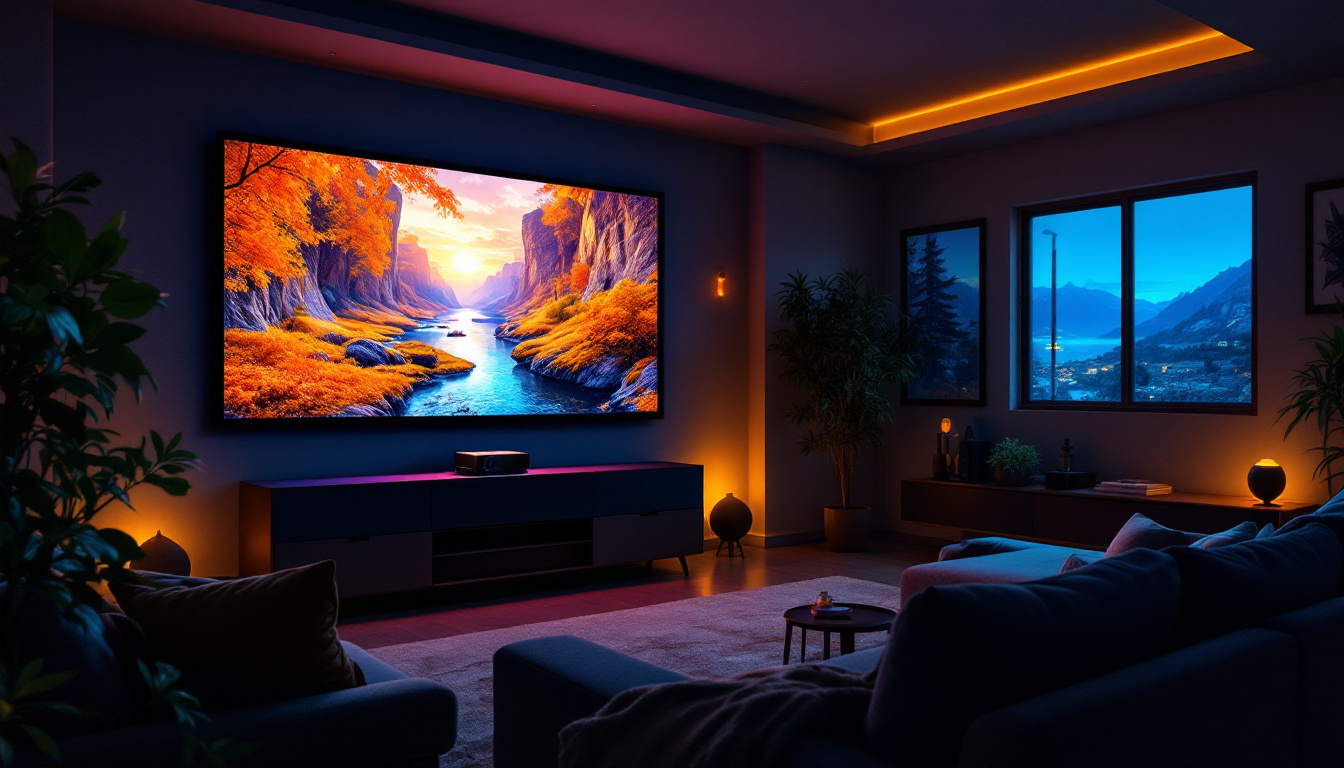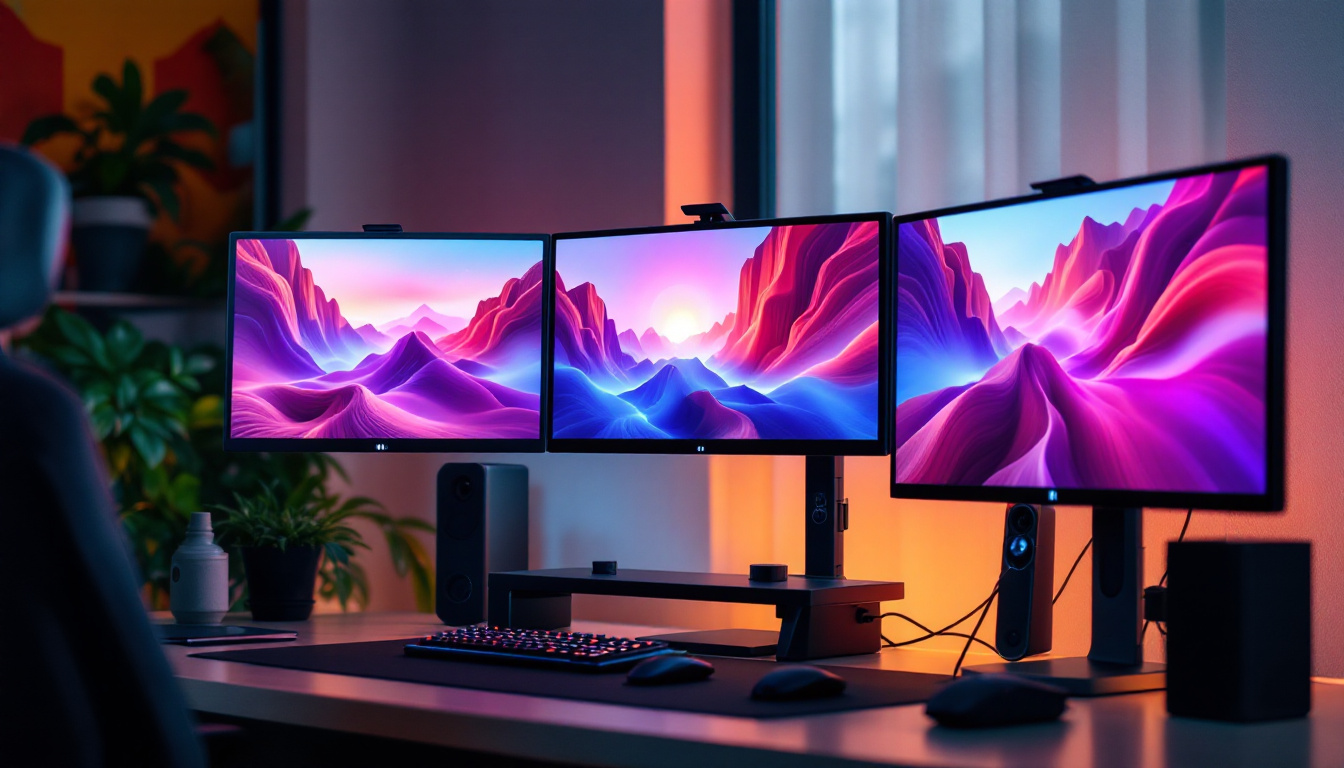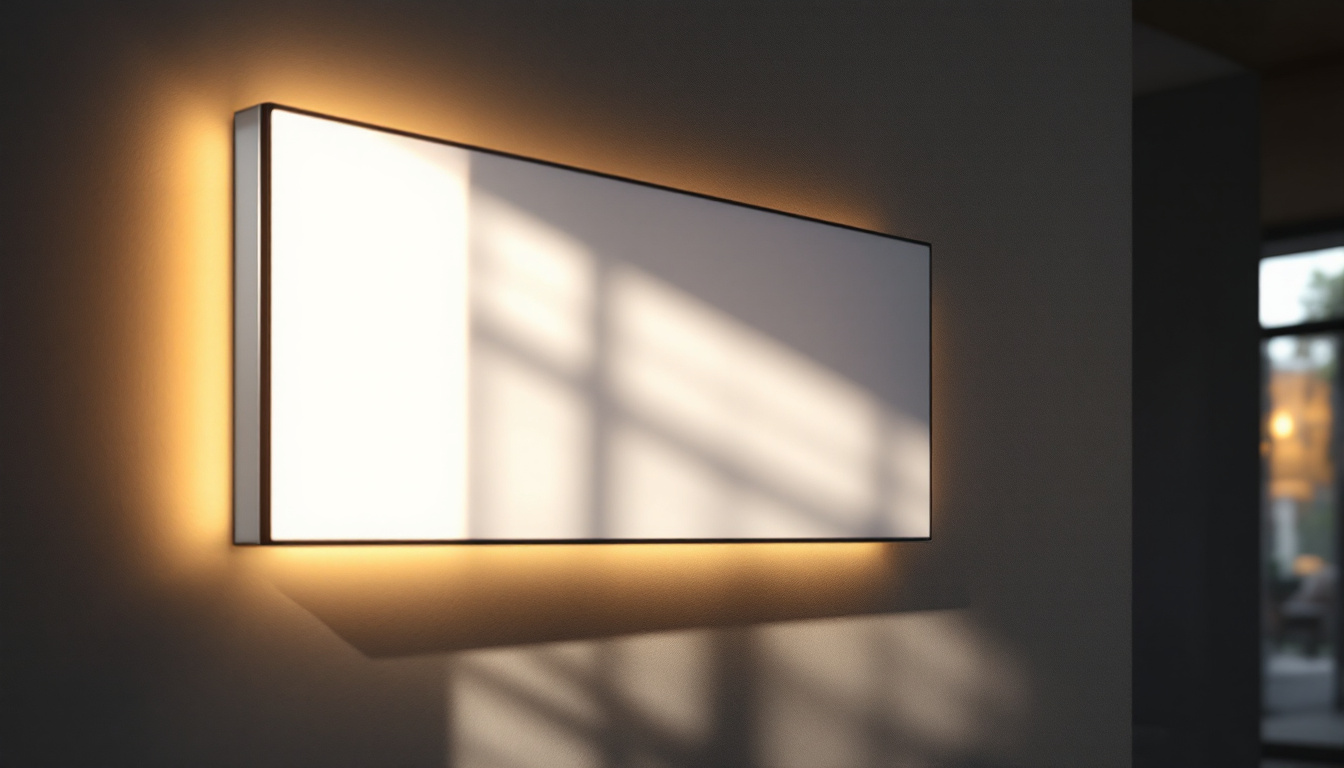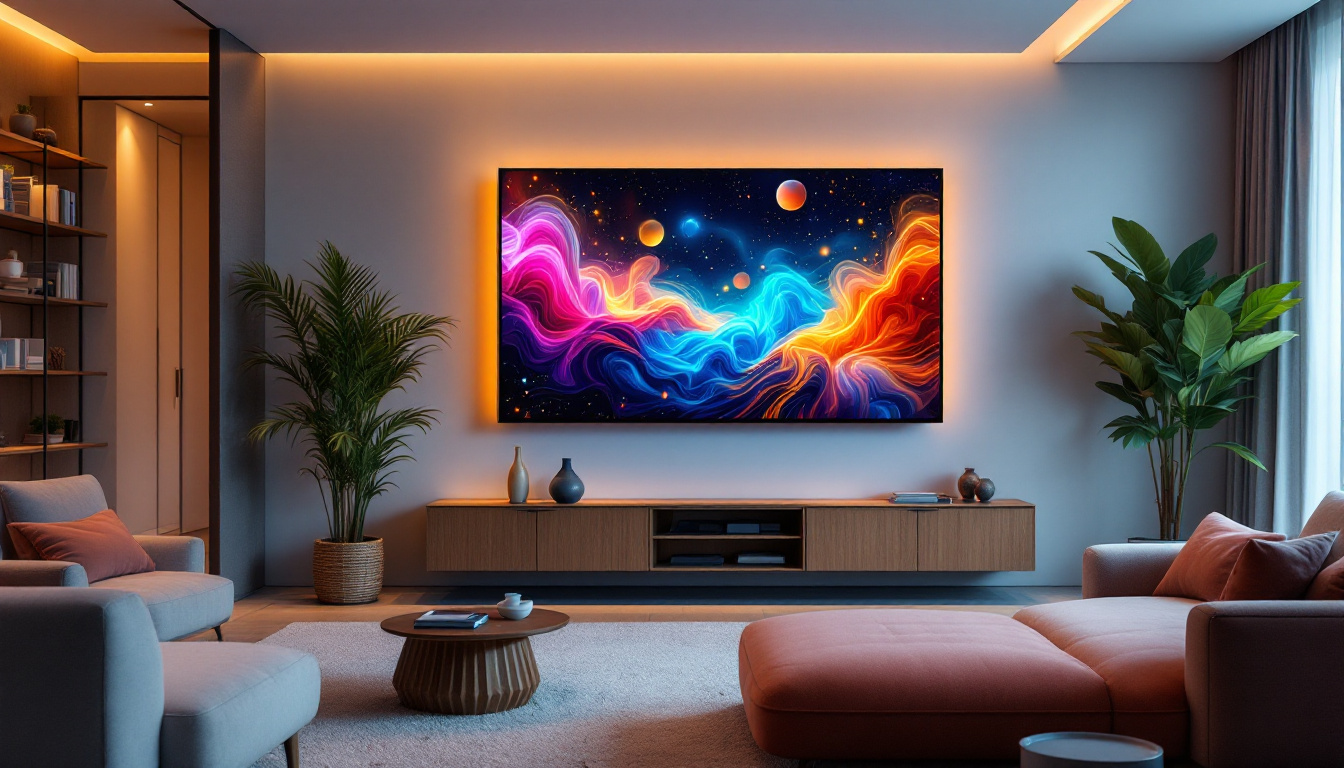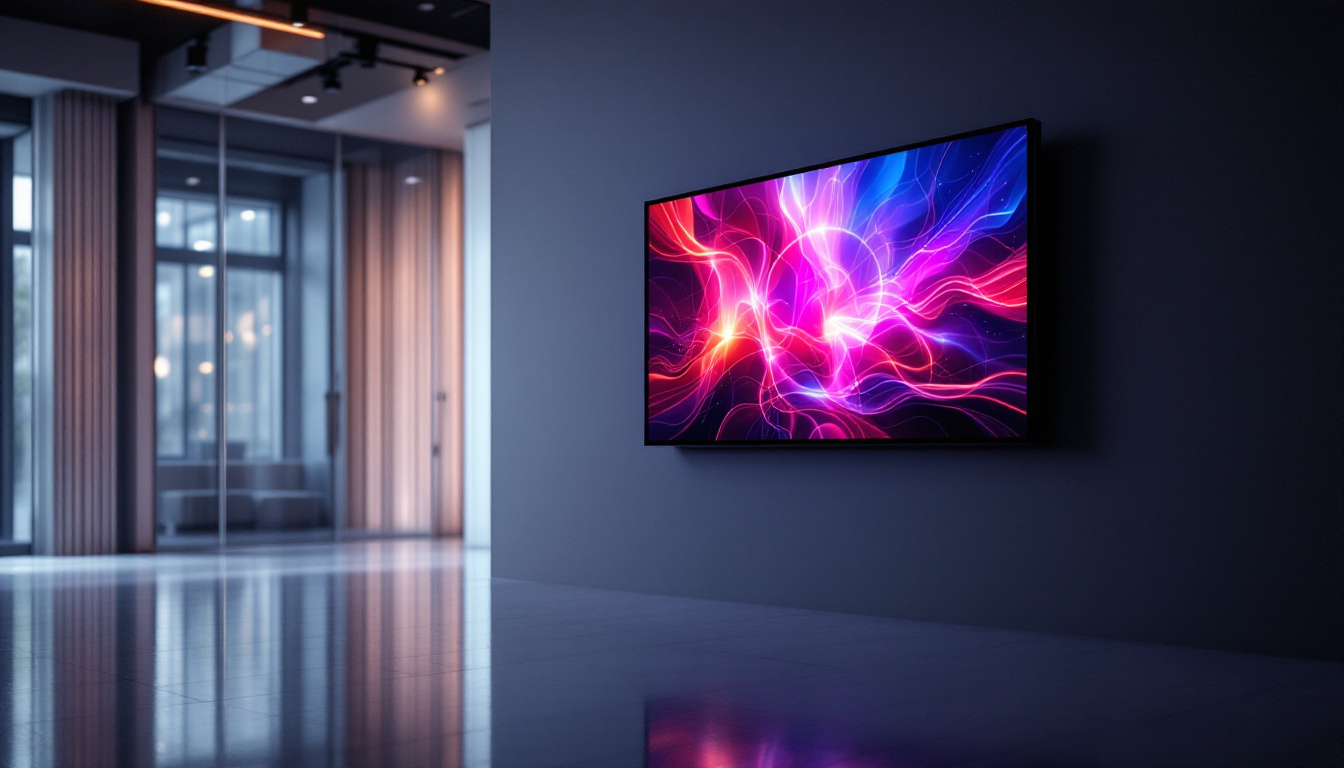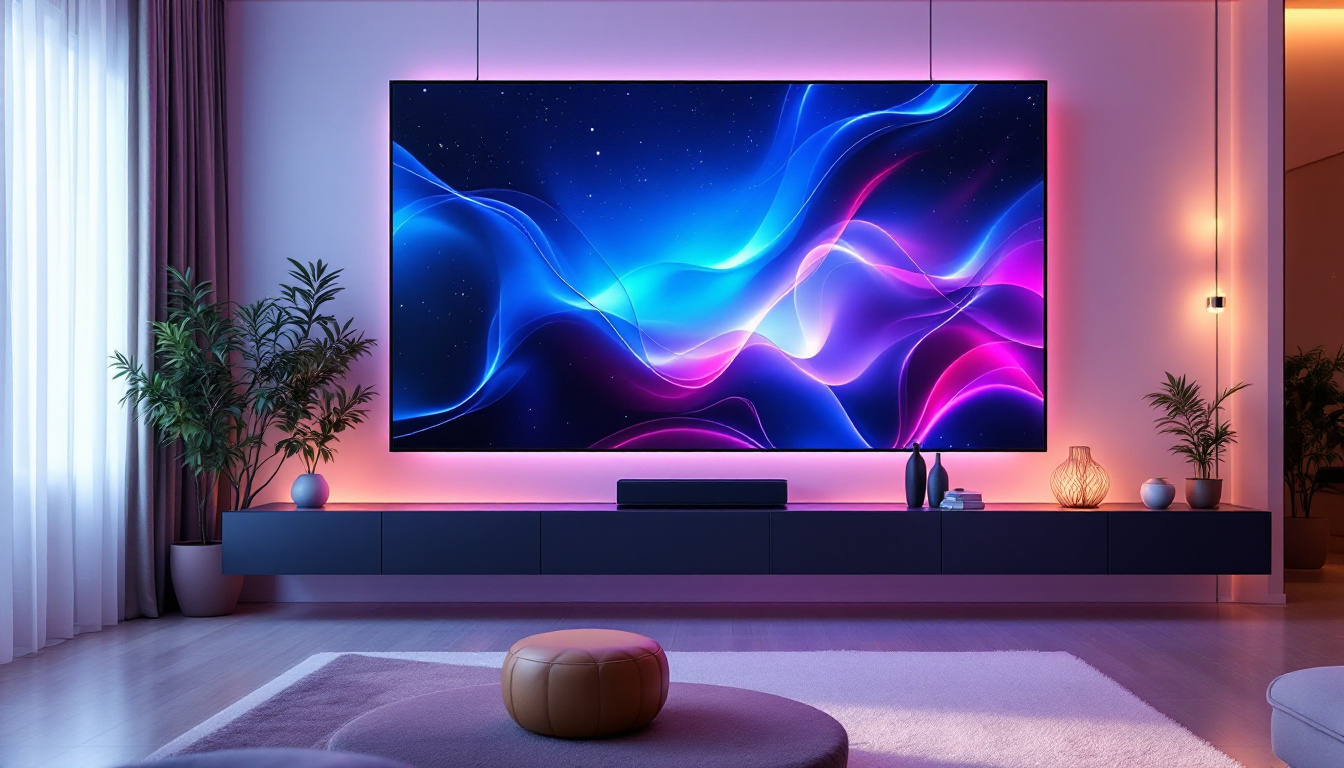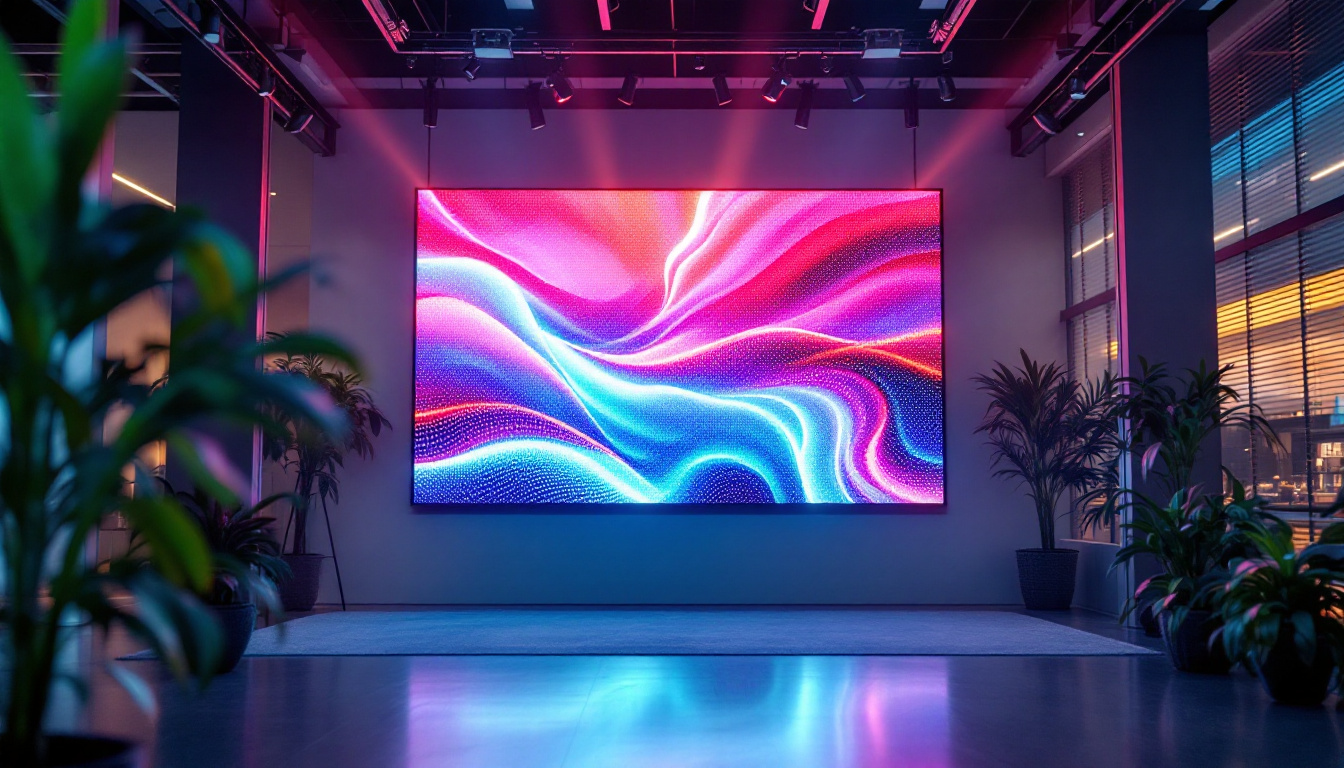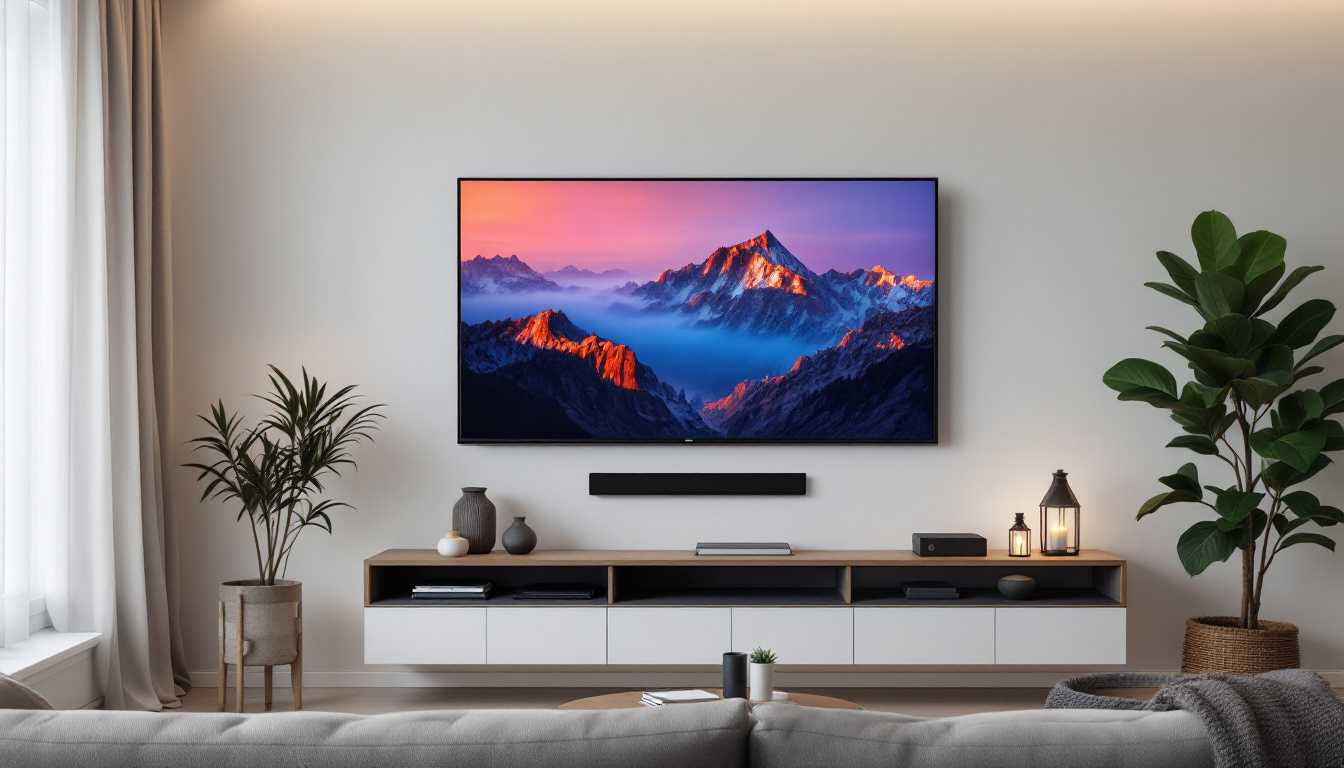In the world of modern technology, the display screen is one of the most crucial components, influencing everything from user experience to design aesthetics. LCD (Liquid Crystal Display) screens, particularly those with LED (Light Emitting Diode) backlighting, have become a standard in various devices, including televisions, computer monitors, and smartphones. Understanding the dimensions and specifications of these screens is essential for consumers and professionals alike. This article delves into the intricacies of LCD screen dimensions and the role of LED displays.
Understanding LCD Technology
LCD technology has transformed the way we view images and videos. It operates by using liquid crystals that manipulate light to produce images. Unlike traditional cathode ray tube (CRT) displays, LCDs are thinner, lighter, and more energy-efficient. The incorporation of LED backlighting further enhances the brightness and color accuracy of the display.
The Basics of LCD Screens
At its core, an LCD screen consists of several layers, including a backlight, liquid crystal layer, and color filters. The backlight, typically composed of LEDs, provides the necessary illumination. The liquid crystals then modulate this light to create the images we see. This technology allows for a wide range of screen sizes and resolutions, making it suitable for various applications. For instance, LCD screens are commonly used in televisions, computer monitors, and smartphones, showcasing their versatility across different devices. Moreover, advancements in LCD technology have led to the development of high-definition (HD) and ultra-high-definition (UHD) displays, which offer even sharper and more detailed images, catering to the growing demand for high-quality visual content.
Advantages of LCD with LED Backlighting
One of the significant benefits of using LED backlighting in LCDs is improved energy efficiency. LED lights consume less power compared to traditional fluorescent backlights, which translates to lower electricity bills and a reduced carbon footprint. Additionally, LED backlighting offers better contrast ratios, resulting in deeper blacks and more vibrant colors. This enhanced performance is particularly noticeable in dark scenes, where the ability of LEDs to turn off completely leads to a more immersive viewing experience. Furthermore, the longevity of LED backlights contributes to the overall durability of LCD displays, making them a cost-effective choice for consumers. As technology continues to evolve, manufacturers are also exploring new methods to optimize LCD performance, such as quantum dot technology, which promises to further enhance color accuracy and brightness, pushing the boundaries of what LCD displays can achieve.
Measuring LCD Screen Dimensions
When it comes to choosing an LCD screen, understanding its dimensions is vital. The size of a screen is typically measured diagonally from one corner to the opposite corner, expressed in inches. However, this measurement does not provide a complete picture of the screen’s usability and fit in a given space. For instance, a 55-inch screen may fit perfectly in a spacious living room but could overwhelm a small bedroom. Therefore, it is essential to consider the physical dimensions, including the width and height, to ensure that the screen complements the surrounding environment and meets the viewer’s needs.
Aspect Ratios
Aspect ratio is another critical factor in determining the dimensions of an LCD screen. It refers to the proportional relationship between the width and height of the display. Common aspect ratios include 16:9, 4:3, and 21:9. The 16:9 aspect ratio is the most prevalent for modern televisions and monitors, providing an optimal viewing experience for movies and gaming. In contrast, the 4:3 aspect ratio, once the standard for television broadcasts, is now often used for legacy content and certain applications like photography. Meanwhile, the 21:9 aspect ratio is gaining popularity among cinephiles and gamers alike, as it offers a more immersive experience by mimicking the dimensions of a cinema screen, allowing for a wider field of view.
Screen Resolution
Screen resolution, defined by the number of pixels displayed on the screen, plays a significant role in the overall quality of the image. Higher resolutions, such as Full HD (1920×1080), 4K (3840×2160), and even 8K (7680×4320), offer sharper images and more detail. When considering screen dimensions, it is essential to match the resolution with the intended use to ensure the best visual experience. For example, while a 4K resolution is ideal for large screens used for gaming or watching high-definition movies, it may be less noticeable on smaller screens where the pixel density is already high. Additionally, the choice of resolution can also impact the performance of devices, as higher resolutions require more processing power and can affect frame rates in gaming scenarios. Understanding these nuances can help consumers make informed decisions based on their specific viewing preferences and usage scenarios.
Common LCD Screen Sizes
LCD screens come in various sizes, catering to different needs and preferences. From compact monitors for personal use to large screens for professional settings, the options are vast. Understanding the common sizes can help consumers make informed decisions.
Small to Medium Screens
Small to medium-sized LCD screens typically range from 21 inches to 32 inches. These sizes are popular for desktop monitors and smaller televisions, making them ideal for personal use or limited spaces. They often come with resolutions ranging from Full HD to 4K, catering to both casual users and gamers. Additionally, many of these screens feature ergonomic designs, adjustable stands, and blue light filtering technology, which enhance user comfort during extended viewing sessions. The versatility of these sizes makes them suitable not only for home offices but also for educational environments, where they can be used for presentations and interactive learning.
Large Screens
For those seeking an immersive viewing experience, large LCD screens, typically 40 inches and above, are the way to go. These screens are commonly used in living rooms and professional settings, such as conference rooms. With advancements in technology, many large screens now offer 4K and even 8K resolutions, providing stunning visuals. Moreover, features like HDR (High Dynamic Range) and wide color gamuts enhance the viewing experience by delivering richer colors and deeper contrasts. Large screens are also increasingly being equipped with smart technology, allowing users to stream content directly from the internet, access apps, and even control their home automation systems, making them a central hub for entertainment and productivity. This integration of technology not only improves functionality but also adds a modern touch to any space, whether it’s a home theater or a corporate boardroom.
Choosing the Right LCD Screen Dimensions
Selecting the appropriate LCD screen dimensions involves considering various factors, including the intended use, available space, and personal preferences. Making the right choice can enhance the overall experience, whether for work or entertainment.
Consider Your Space
Before purchasing an LCD screen, it is crucial to evaluate the space where it will be placed. Measure the area to ensure that the screen fits comfortably without overwhelming the room. Additionally, consider the distance from which the screen will be viewed. Larger screens may require more viewing distance to avoid eye strain. It’s also important to think about the layout of your furniture; for instance, if your desk is positioned against a wall, a wall-mounted screen might be a better option than a traditional stand-alone model. This can help save space and create a more streamlined look in your workspace.
Usage Scenarios
Different usage scenarios call for different screen dimensions. For example, gamers may prefer larger screens with high refresh rates for an immersive experience, while professionals may prioritize color accuracy and resolution for graphic design work. Understanding the primary use of the screen can guide the selection process. Moreover, if you plan to use the screen for multitasking, such as having multiple windows open simultaneously, a wider aspect ratio or a dual-monitor setup may be beneficial. This allows for a more efficient workflow, enabling you to view documents, spreadsheets, or design software side by side without constantly switching between tabs.
Resolution and Aspect Ratio
In addition to dimensions, the resolution and aspect ratio of the LCD screen are critical factors to consider. Higher resolutions, such as 4K, provide sharper images and finer details, which can be particularly advantageous for video editing or high-definition gaming. The aspect ratio, whether 16:9, 21:9, or even ultra-wide formats, can also impact your viewing experience. A wider aspect ratio can enhance cinematic experiences and gaming, providing a more immersive field of view. Conversely, a standard 16:9 ratio is often sufficient for everyday tasks and general media consumption, making it a versatile choice for most users.
Future Trends in LCD and LED Technology
The technology behind LCD and LED displays continues to evolve, with innovations aimed at improving performance and user experience. As consumer demands grow, manufacturers are exploring new possibilities that enhance display quality and functionality.
Advancements in Display Technology
Emerging technologies, such as OLED (Organic Light Emitting Diode) and Mini-LED, are making waves in the display market. These technologies offer improved contrast ratios, better color accuracy, and thinner designs. While LCD with LED backlighting remains popular, the competition from these new technologies is reshaping the landscape of display options.
Smart Displays
Another trend is the integration of smart technology into LCD screens. Smart displays come equipped with built-in operating systems, allowing users to access streaming services, browse the internet, and connect to other smart devices. This functionality adds convenience and versatility to traditional LCD screens, making them more appealing to consumers.
Conclusion
Understanding LCD screen dimensions and the role of LED displays is essential for making informed purchasing decisions. With a variety of sizes, resolutions, and technologies available, consumers can find the perfect screen to meet their needs. As technology continues to advance, the future of LCD and LED displays promises even more exciting developments, enhancing the way we interact with visual media.
In summary, whether for personal use, professional applications, or entertainment, the right LCD screen can significantly impact the overall experience. By considering dimensions, aspect ratios, resolutions, and emerging technologies, consumers can ensure they choose a display that not only fits their space but also meets their specific requirements.
Discover the Future of Visual Display with LumenMatrix
Ready to elevate your visual experience with the latest in LED display technology? Look no further than LumenMatrix, where innovation meets excellence. Our extensive range of LED display solutions, including Indoor and Outdoor LED Wall Displays, Vehicle LED Displays, and more, are designed to bring your vision to life. Whether you’re looking to enhance brand visibility, captivate audiences, or create immersive environments, LumenMatrix has the cutting-edge technology to make it happen. Check out LumenMatrix LED Display Solutions today and join the revolution in visual communication.


